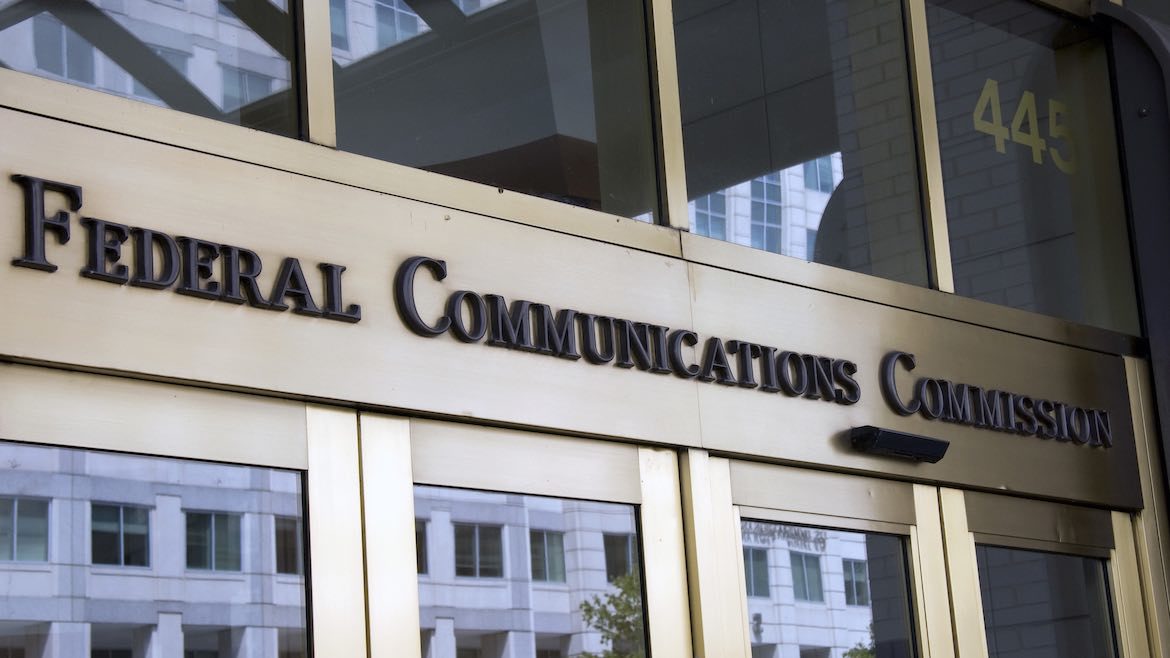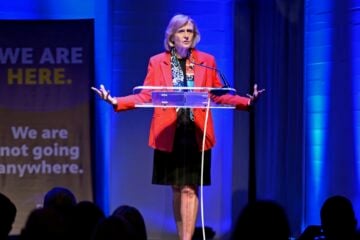PBS and APTS advocate for pubcasters in proposed FCC local content incentive

Mike Janssen / Current
PBS and America’s Public Television Stations want noncommercial educational stations to be on equal footing for proposed FCC incentives aimed at stations with a minimum amount of local content.
A Notice of Proposed Rulemaking adopted in January invited comments on an FCC plan to give processing priority on license renewals, assignments and transfer applications to stations with at least three hours per week of “locally originated programming.”
In a letter sent Tuesday to FCC Secretary Marlene Dortch, PBS and APTS proposed letting noncommercial educational stations request priority review on such applications, in the same way the FCC has proposed for stations providing the minimum amount of local content.
The letter said the two organizations have expressed concern that the definitions of “locally originated content” in the NPRM are “too narrow and do not always align with the inherently local, community-responsive programming of public television stations, especially the programming of state and regional licensees and of local television stations that engage in station collaborations.”
The proposed rule defines locally originated programming as being produced either within the station’s community of license, at a location within the “principal community contour of any AM, FM, or TV broadcast station licensed to the station’s community of license” or within 25 miles from the “reference coordinates of the center of its community of license.”
The proposal said video or audio recorded outside of the area also could qualify, as long as other work on creating the program took place locally, such as scripting, recording or editing.
“Our proposed approach would include programming that contains video or audio recordings that were made at locations outside the local market, as long as the program also includes some other element of local creation,” the NPRM said.
APTS and PBS said they had submitted more than 25 case studies of public television stations offering “inherently local programming.”
“As those case studies demonstrated, the breadth and depth of local content broadcast by public television stations does not always line up with the Commission’s proposed approach to defining localism due to the historically distinct way that NCE stations emerged and their ongoing commitment to serving communities and states irrespective of market-driven Nielsen boundaries,” the Tuesday letter said.
PBS and APTS also proposed that the FCC define an NCE station as one licensed by the FCC as a NCE and owned and run by “a public agency or nonprofit private foundation, corporation, or association.”
The station’s licensee must also be eligible for a Community Service Grant from CPB and must submit to CPB an annual Local Content and Services Report based on the grant’s terms.
The organizations have explained that public broadcasting’s “localism” was recognized by Congress in the Public Broadcasting Act of 1967, the letter said.
“Further, as a condition of the community service grant funding received from the Corporation for Public Broadcasting … public television stations must report annually to CPB and to their communities about the content and services they create to serve their local communities’ needs and interests,” the letter said.






